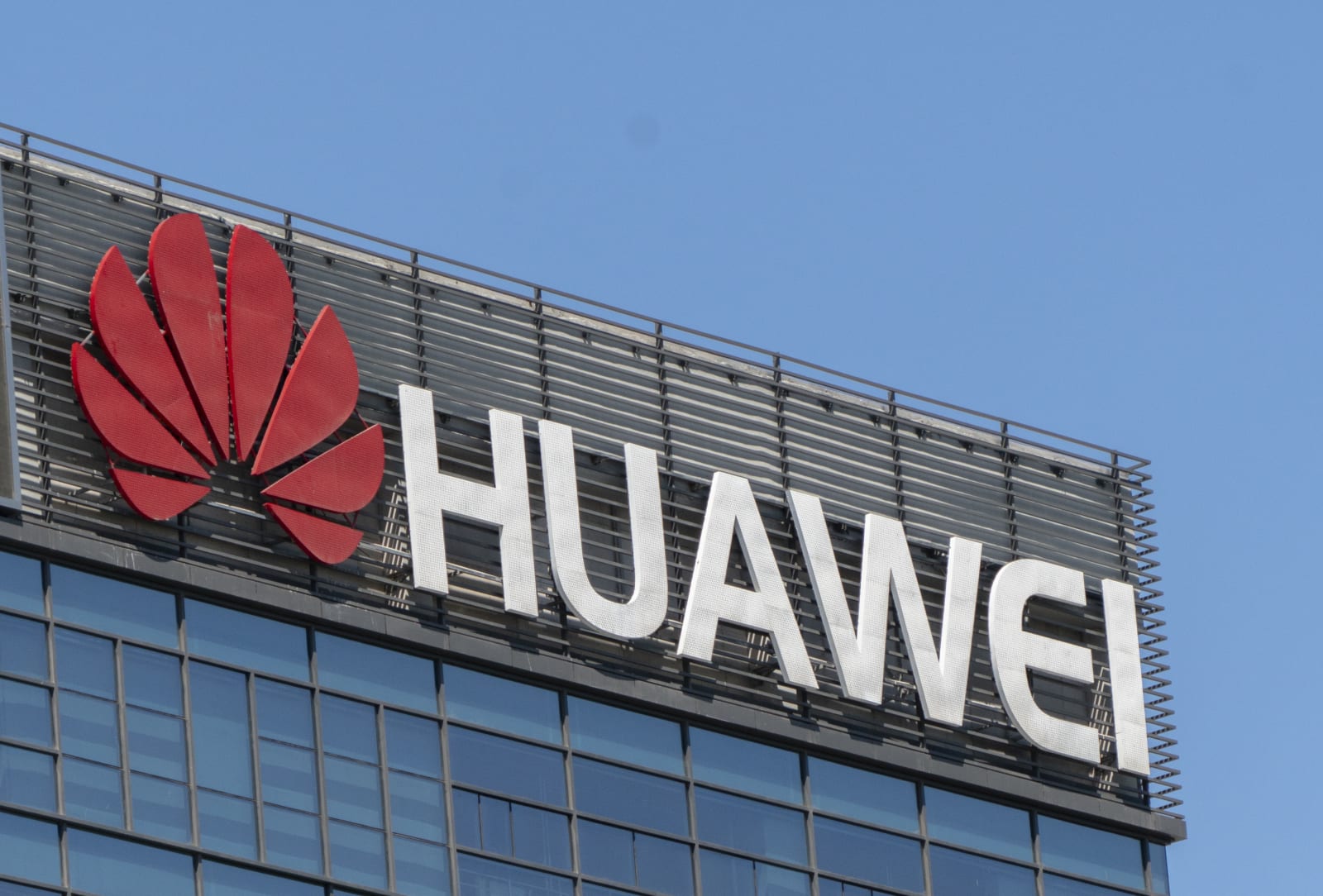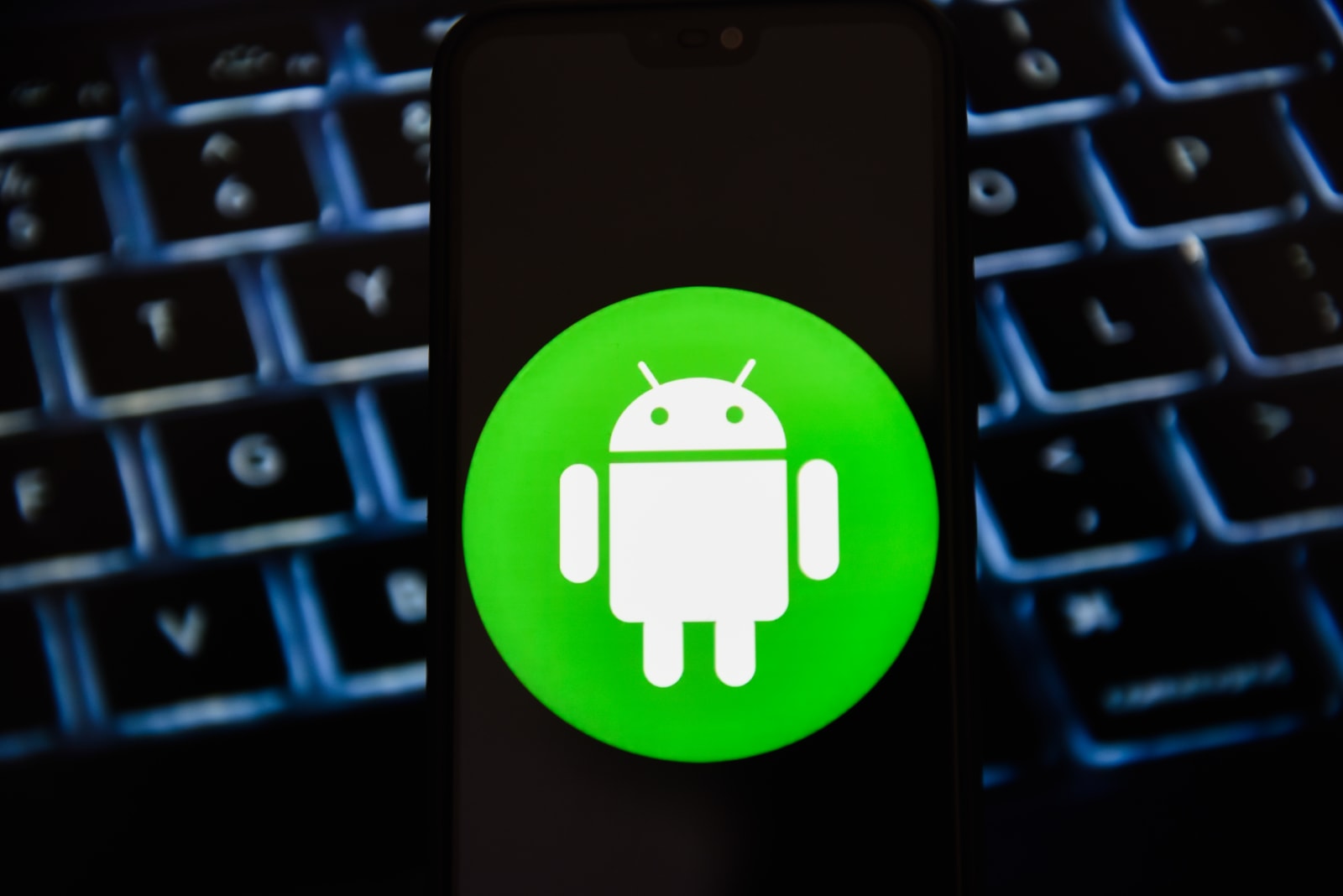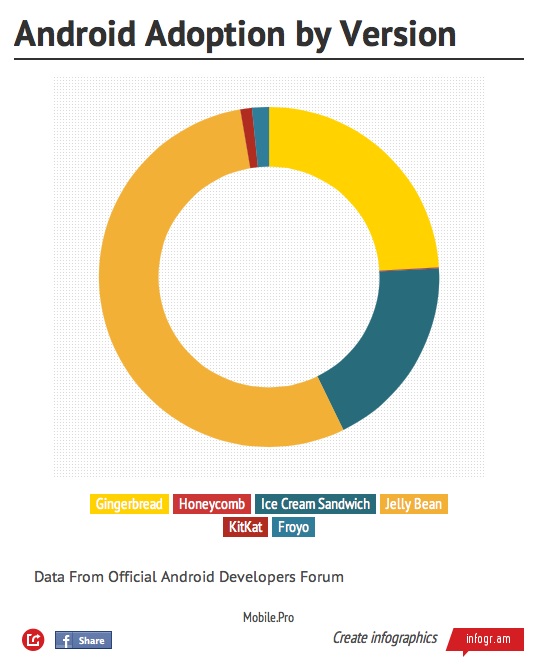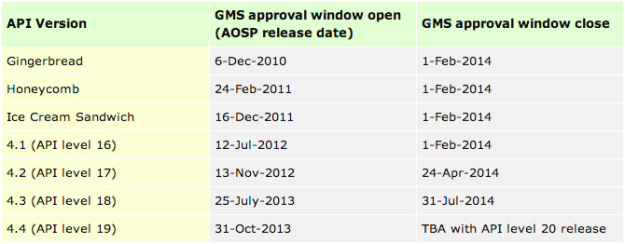Tag Archives: aosp
Huawei’s Mate 30 loses workaround for installing Google apps
 A workaround that enabled Huawei's Mate 30 devices to install Google's Play Store and other apps has been shut down. LZ Play, an app that promised to allow users to run the apps they know and love, has been taken down after a researcher found it harn...
A workaround that enabled Huawei's Mate 30 devices to install Google's Play Store and other apps has been shut down. LZ Play, an app that promised to allow users to run the apps they know and love, has been taken down after a researcher found it harn...
Huawei may debut its Android alternative as soon as this fall
 Huawei's consumer business CEO Richard Yu reportedly said the company's own mobile OS will debut as early as this fall. Huawei hasn't confirmed plans to launch its OS, and Yu supposedly shared the information in a private WeChat group. But that timel...
Huawei's consumer business CEO Richard Yu reportedly said the company's own mobile OS will debut as early as this fall. Huawei hasn't confirmed plans to launch its OS, and Yu supposedly shared the information in a private WeChat group. But that timel...
Google reportedly suspends Huawei’s Android support after US ban
 Huawei was already facing serious trouble following the Trump administration's de facto ban, but it might get considerably worse. Reuters sources claim Google has suspended transactions with Huawei that require transferring proprietary hardware and...
Huawei was already facing serious trouble following the Trump administration's de facto ban, but it might get considerably worse. Reuters sources claim Google has suspended transactions with Huawei that require transferring proprietary hardware and...
AT&T’s fake 5GE icon is available in the Android Open Source Project
 AT&T is still in hot water over its 5GE logo, but that's not slowing the company down. This week, the not-really-5G icon showed up in the Android Open Source Project (AOSP). Meaning, whether you like it or not, 5GE could start showing up on Andro...
AT&T is still in hot water over its 5GE logo, but that's not slowing the company down. This week, the not-really-5G icon showed up in the Android Open Source Project (AOSP). Meaning, whether you like it or not, 5GE could start showing up on Andro...
Android is (unofficially) coming to the Nintendo Switch
 Ever since the Nintendo Switch launched, there's been a lingering question: can it run Android? It's a reasonably powerful ARM-based tablet, after all. Two years later, the answer is finally "yes..." sort of. Developers Billy Laws and Max Keller h...
Ever since the Nintendo Switch launched, there's been a lingering question: can it run Android? It's a reasonably powerful ARM-based tablet, after all. Two years later, the answer is finally "yes..." sort of. Developers Billy Laws and Max Keller h...
ASUS made a sub-$200 smartphone to fight Xiaomi in India
 Having surpassed the US to become the second largest smartphone market after China, India is now the latest battleground for some of the top mobile brands. According to Canalys, even Samsung lost its top position there to Xiaomi as of Q4 2017, follow...
Having surpassed the US to become the second largest smartphone market after China, India is now the latest battleground for some of the top mobile brands. According to Canalys, even Samsung lost its top position there to Xiaomi as of Q4 2017, follow...
Android 8.1 starts rolling out to Nexus and Pixel devices
 As promised, Android 8.1 is ready to reach the masses. Google has started pushing the new mobile operating system to Nexus and Pixel devices, and expects to complete the rollout over the next week. Naturally, it's also posting the source code. The...
As promised, Android 8.1 is ready to reach the masses. Google has started pushing the new mobile operating system to Nexus and Pixel devices, and expects to complete the rollout over the next week. Naturally, it's also posting the source code. The...
Run Android on an iPhone – with some heavy engineering and caveats
 Familiar with cramming one operating system into somewhere it doesn't belong, developers at Tendigi have just created a homemade iPhone case that lets you run Android on your iOS smartphone. (Well, kind of). Fortunately, because of the Android Open S...
Familiar with cramming one operating system into somewhere it doesn't belong, developers at Tendigi have just created a homemade iPhone case that lets you run Android on your iOS smartphone. (Well, kind of). Fortunately, because of the Android Open S...
New Google Services Certification to Reduce Fragmentation

Discuss the merits of iOS vs Android (always a civil conversation) and the first thing pointed out is the abysmally slow adoption rate of new Android versions.
It’s true. While iOS 7 sees one of the best adoption rates, Android 4.2 KitKat is on less than 2% of devices, and 2.3 Gingerbread is still on 20% of devices. Many die hard Android users will claim this doesn’t matter because they root and use a custom ROM anyway, but that doesn’t do anything to help Android’s reputation as a fragmented and confused ecosystem.
Apparently Google is not a fan of this epithet and has finally taken steps to change that image, using Google Mobile Services as their bargaining chip.
Google Mobile Services is a large part of what makes Android tick. In the last few years, Google has tightened the standards by which an OEM can get their devices certified. Most of the standards have previously revolved around design and has resulted in many Android based devices that lack Google Services, such as Amazon’s Kindle lineup.
Google’s new standard for GMS certification puts a large emphasis on which Android version is on any given device at the time of launch. After a new version of AOSP is released, there will be a certification window of 9 months. Any devices launched within that window—so long as they are sporting the newest version of Android—will receive GMS approvel.
Additionally, starting later this year, no OEM will be able to certify a new device if it is two or more versions of Android behind the current release.
This might seem harsh in some cases, but Google is allowing its reputation to be built by these manufacturers. If they want to build devices that are outside of Google’s desired specifications they are free to do so, but Google is making it clear now that those devices won’t have native support for Google apps or services.
The new certification policy does not establish standards for future Android updates, only launch versions, but assuming the manufacturers have to pare back their software customizations in order to keep inside the new window, it follows that it will be quicker and easier to keep it up to date for future iterations. The Moto X and other Google Play Edition phones can serve as a testament to that.
Outside of establishing a single hardware manufacturing partnership, it will be hard for Google to challenge Apple on the software penetration front, but this new stance will go a long way towards wrangling in all the loose threads that are Android fragmentation.
Source: BGR, Android Police
Be social! Follow Walyou on Facebook and Twitter
Read more on Walyou, Google Now Launcher Rears its Head, Full Chromecast Support Coming Soon to All Your Devices
